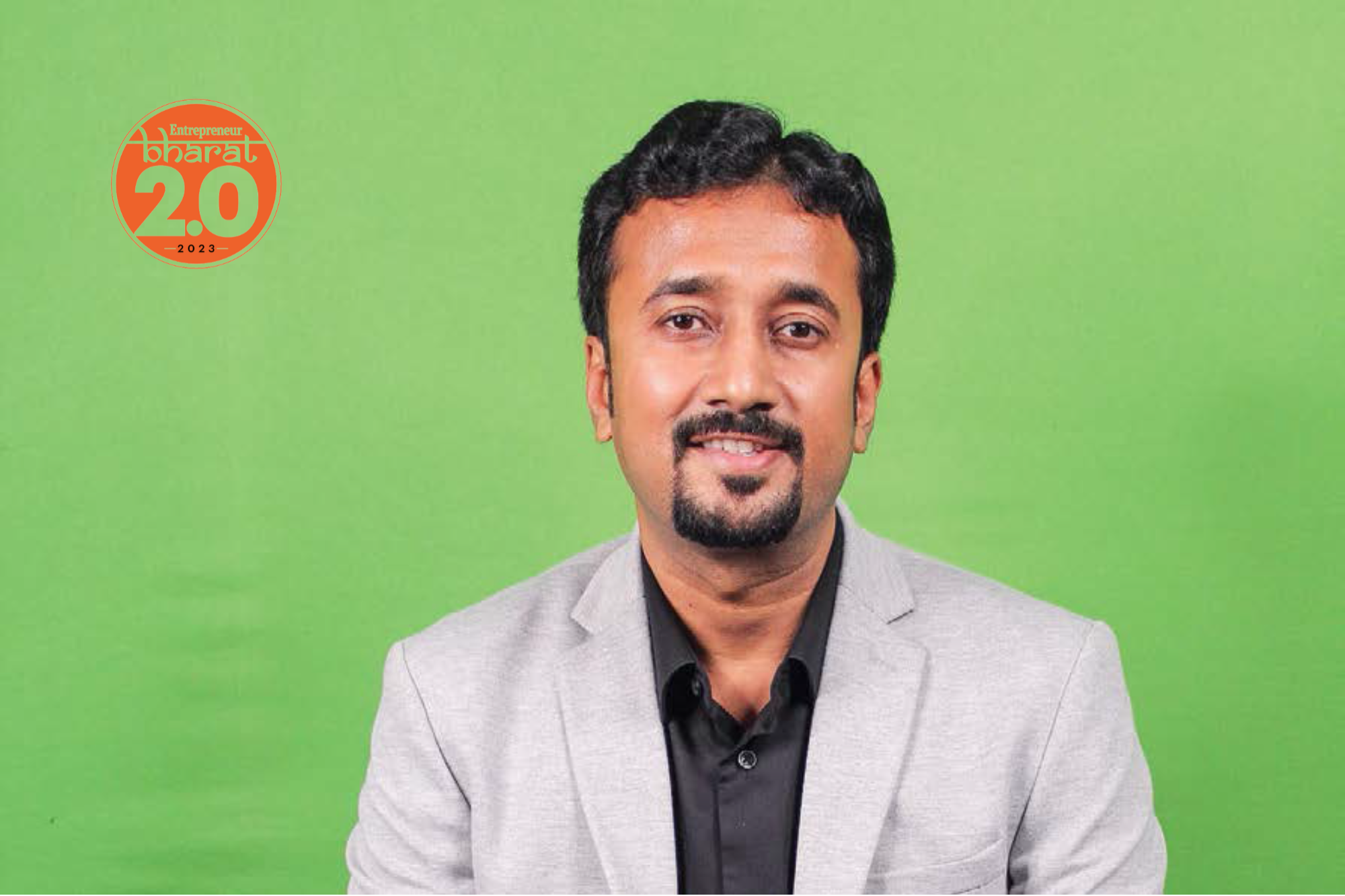What Makes OTT Platform A Success in IndiaIndia is both a price-sensitive and value-sensitive market, say experts
ByS Shanthi•
Opinions expressed by Entrepreneur contributors are their own.
You're reading Entrepreneur India, an international franchise of Entrepreneur Media.

In December 2021, Netflix lowered its subscription prices across all its plans bringing its lowest plan at INR 149 per month. "The great news is in every single other major market, we've got the flywheel spinning. The thing that frustrates us is why we haven't been as successful in India. But we're definitely leaning in there," Netflix co-CEO and cofounder Reed Hastings reportedly said during aninvestors call.
This comes almost three years after Hastings said at a global business summit in New Delhi that Netflix's next 100 million subscribers would be coming from India because of internet penetration. Then, what went wrong?
Decoding India
"While apparently, Netflix has paid handsomely to some of the known names in the industry to create content for them, the Indian creators have not done justice to the budgets nor the creative freedom they have got. The other mistake is to assume that the content preference of the viewer on OTT is the same as his/her preference for film/TV. Agreed that the target audience will overlap, however, the same individual views and expects different entertainment from each of the mediums – TV, Film, OTT. The OTT audience is more open to different stories (not just cuss words and edgy content). Netflix does have some good content coming in here and there, however, majority of the Indian content is mediocre," said Saameer Mody, founder and managing director, Pocket Films.
Further, India as a market is very diverse. Apart from Hindi English, there are around 12 to 14 regional languages in which content is consumed. Close to 1500 feature films are made in a year and there are about 800 channels on TV as well. "It is like a mini continent in itself. And that widens your horizon in terms of offering the different content as per the different language needs. So, in terms of variety, we are a league apart as compared to other nations, and that is the big differentiating factor for India as a market and which is why even in OTT, there are more than 50 channels. There are two market approaches. You can either go to market as a niche, offering a particular language, or you can basically go as a mass market. And when you go mass market, it's very difficult," said Karan Taurani, analyst and senior vice-president, Elara Capital. In order to cater to India, content is not only required in multiple languages but also needs to cater to multiple sensibilities, believes Mody.
The Price Game
While the price game is definitely a major factor, experts feel it alone is not the determining factor, the type and quality of content that is available on a platform also play a combined role. "India is all about getting the best "deal' and "value' for its money," said Abhishek Malhotra, an OTT expert and managing Partner at TMT Law Practice.
That is why an international player like Netflix is now not only targeting users who only use their mobile phones to watch content by offering a cheaper mobile plan, it has also started focusing on producing domestic and local content in Hindi and in regional languages to appeal to a larger audience. "When Netflix launched in India, it targeted the cities and the urban population. From then until recently, the subscriptions have been priced much higher than those of the other competitive players in the market and the content was mainly international. This resulted in Netflix losing out on subscribers who could not afford the highly-priced subscriptions and those from the Hindi and regional speaking population," said Malhotra.
Mody also feels that India being a price-sensitive market, price will definitely help improve the adoption of OTT plaforms but that may not be enough to change the game for them as they need some good Indian content releasing regularly. "That said, Indian consumers also appreciate the value and if the content offering of Netflix India comes on par with the global content standards then the price will not be a barrier for Indian consumers," said Mody.
们认为Zee5 r方面做得不错eaching out to the Indian audiences, especially in Tier 2 / 3 locations and SonyLiv also comes up with a great show every few months (unfortunately not consistently), he says.
"Disney Hotstar is the leading OTT player in the country with the largest subscriber base which offers multigenerational content. Along with real-time international content and sports, it also offers access to local content in Hindi and regional languages which appeals to a wider population and a diverse audience across all generations. Its market is not limited to the cities. The second factor is pricing which is "economical' and very competitively priced, and users can opt to sign up for monthly or yearly packs, with different prices for different offerings, which makes it cost-effective for users to pick their plans," said Malhotra.












